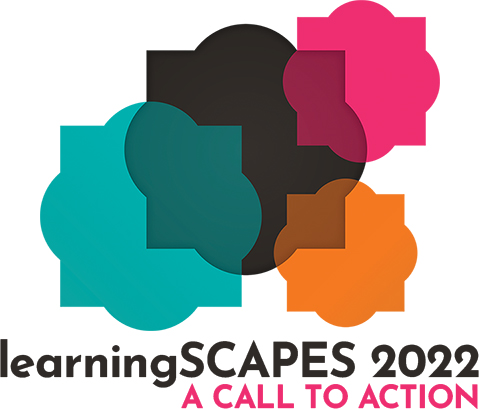 | 1 LU |
 | 1 LU |
A community is a group of people with a common purpose, shared values, and agreement on goals. Communities have powerful qualities that can shape learning and the power to motivate their members to exceptional performance. Studies increasingly suggest that design and built space can contribute significantly to human health and well-being and assist in community building. The COVID-19 pandemic revealed the depth of inequities in our educational system, the fact that many educational settings never receive the benefit of current research, and that more than ever before, many institutions are struggling to maintain a sense of community in learning environments. Our evidence-based research on Community Through Design, sponsored by a ONEder grant, offers a free website-based tool for anyone who wants to build a sense of community in their learning environment - whether they are school administrators, facility managers, or design professionals. For one part of our research, we conducted a series of workshops intended to facilitate discussions with the occupants (either students, faculty, or both) about what community is, what it might mean in the context of the learning environment, and to identify which elements would help build community and should be avoided. We will feature a shorter version of the workshop as part of our session and provide all participants with the tools to build their own community. The biocentric sense of belonging is intrinsic in nature and one that humans have forgotten as we continue to search for belonging. Educational environments are highly institutional, sending the message of conformity. To deal with this, most of us learn to dampen our sensitivity to physical space and have the instinct to run away from such environments. The sense of community will naturally develop if the present barriers can be removed, so we don’t have to contain our urges.
Learning Objectives:

Morana has been an instructor of Interior Design at SJSU since 2008, teaching building codes, construction documentation, and architectural systems. As Director of Interiors at Artik Art + Architecture, an educational architecture firm, she uses great design to promote health and wellness for building occupants and educates communities on the importance of cultivating well-being through built environments. She is exploring the topic of creating communities in learning environments, leading her team in evidence-based research.

Anna leads educational facilities planning with stakeholders seeking to evolve from traditional education systems to those centering on the whole child. A critical aspect of her planning process is elevating the voices of children. Anna co-creates workshops, guided by National Equity Project frameworks, that employ interactive facilitation techniques. She believes the facilities planning process itself is a powerful tool for disrupting systems of oppression and sparking and sustaining the ongoing evolution of education. Anna is pursuing her M.Ed. at High Tech High, Graduate School of Education.

With twenty years of union organizing and business development experience, Josh leverages the motivations, wants and needs of individuals to build trust in diverse groups and mobilize them to take collective action. At One Workplace, Josh brings together school leaders, manufacturers, and A/D firms to provide innovative, impactful learning environments, which he believes can facilitate greater human and environmental connections. Josh received his BA from Whitman College and MBA from ASU. He currently serves as President of A4LE Northern California/Nevada.
The built and natural environments have profound impacts on our behaviors both for better and worse. How do we cultivate a sense of place for better? How might the built and natural environments be made to enhance teaching and learning? How might school buildings and grounds foster a sense of community by reflecting those they serve?
Primary Core Competency
Community Engagement: Leads the internal and external communities through a discovery process that articulates and communicates a community-based foundational vision, forming the basis of a plan for the design of the learning environment. The vision is achieved through a combination of rigorous research, group facilitation, strategic conversations, qualitative and quantitative surveys and workshops. Demonstrates the skill to resolve stakeholder issues while embedding a community's unique vision into the vision for its schools.